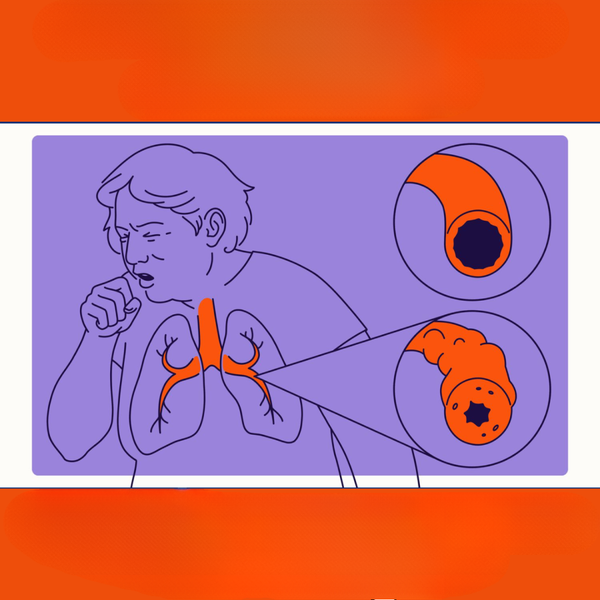5 Early Signs of Hepatitis C You Shouldn’t Ignore
Hepatitis C is often called a “silent threat” because it can live in the body for years without obvious symptoms. This long period of dormancy can make it especially dangerous, as the virus may slowly damage the liver without raising any immediate red flags. Over time, this can lead to serious liver conditions, including cirrhosis and even cancer. Millions of individuals may be carrying hepatitis C unknowingly, which highlights the importance of recognizing the subtle symptoms that might otherwise be dismissed or mistaken for other health issues.

What Causes Unexplained Fatigue in Hepatitis C?
Unexplained fatigue represents one of the most common early indicators of hepatitis C infection. This isn’t the typical tiredness you feel after a long day at work or poor sleep. Instead, it’s a persistent, overwhelming exhaustion that doesn’t improve with rest and can interfere with daily activities. The hepatitis C virus affects liver function, and since the liver plays a crucial role in energy metabolism and toxin removal, viral interference can lead to profound fatigue. Many people describe this fatigue as feeling like they’re moving through thick fog or carrying extra weight. The fatigue may fluctuate in intensity but tends to persist over weeks or months, distinguishing it from temporary tiredness caused by lifestyle factors.
How Does Joint or Muscle Pain Relate to Hepatitis C?
Joint or muscle pain often develops as an early manifestation of hepatitis C, though many people don’t immediately connect these symptoms to liver infection. The pain typically affects multiple joints simultaneously and may feel similar to arthritis or fibromyalgia symptoms. This occurs because hepatitis C can trigger inflammatory responses throughout the body, not just in the liver. The discomfort usually presents as aching, stiffness, or general soreness that may worsen in the morning or after periods of inactivity. Unlike injury-related pain, hepatitis C-associated joint and muscle discomfort tends to migrate between different areas of the body and may be accompanied by mild swelling or tenderness.
Why Do Dark Urine or Pale Stools Occur?
Dark urine or pale stools serve as important visual indicators that liver function may be compromised. When the liver struggles to process bilirubin properly due to hepatitis C infection, this waste product can accumulate in the bloodstream and affect the color of bodily waste. Dark urine often appears amber, brown, or cola-colored, while stools may become unusually light, clay-colored, or grayish. These changes occur because bilirubin, which normally gives stool its brown color, isn’t being processed effectively by the infected liver. Additionally, the kidneys may filter excess bilirubin from the blood, causing urine to darken. These color changes may be subtle initially but become more pronounced as liver inflammation progresses.
What Causes Mild Abdominal Discomfort?
Mild abdominal discomfort, particularly in the upper right portion of the abdomen where the liver is located, can signal early hepatitis C infection. This discomfort rarely presents as sharp pain but rather as a dull ache, fullness, or pressure sensation. The feeling may intensify after eating fatty foods or during physical activity. Some people describe it as a persistent awareness of their liver area or a feeling that something isn’t quite right internally. The discomfort occurs because hepatitis C causes liver inflammation, which can make the organ slightly enlarged and tender. Unlike digestive issues that come and go, hepatitis C-related abdominal discomfort tends to be consistent and may gradually worsen without treatment.
When Should You Seek Medical Evaluation?
If you experience any combination of these early signs, especially if they persist for several weeks, consulting a healthcare provider becomes essential. Medical evaluation typically involves blood tests that can detect hepatitis C antibodies and viral RNA, providing definitive diagnosis. Early detection offers significant advantages, as modern hepatitis C treatments are highly effective when started promptly. Risk factors that increase the likelihood of infection include sharing needles, receiving blood transfusions before 1992, having multiple sexual partners, or being born to a mother with hepatitis C. Healthcare providers may also consider occupational exposure, tattoos or piercings performed with non-sterile equipment, and certain medical procedures as potential risk factors.
Many people dismiss these early symptoms as signs of aging, stress, or minor health issues. However, given that hepatitis C can lead to serious liver complications including cirrhosis and liver cancer if left untreated, taking these warning signs seriously could be life-saving. Modern treatment options can cure hepatitis C in over 95% of cases, making early recognition and intervention more valuable than ever before.
This article is for informational purposes only and should not be considered medical advice. Please consult a qualified healthcare professional for personalized guidance and treatment.




